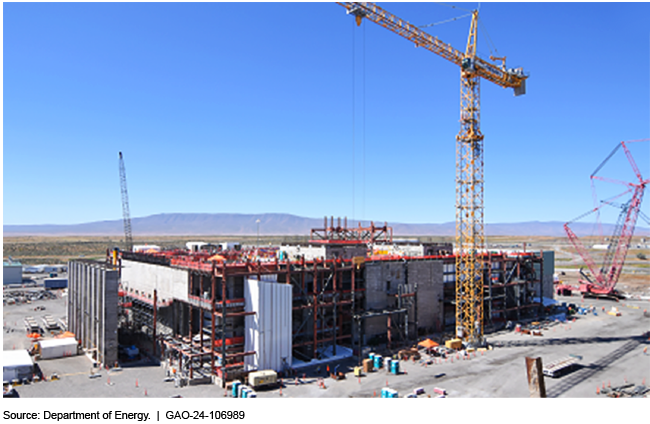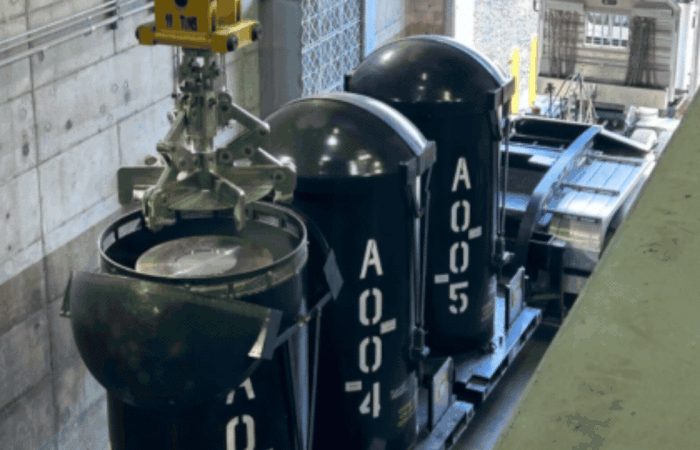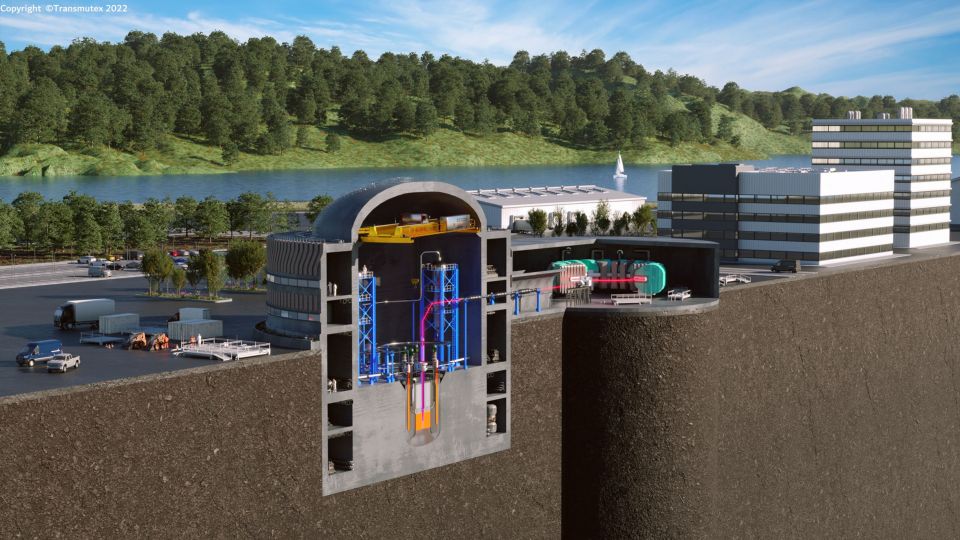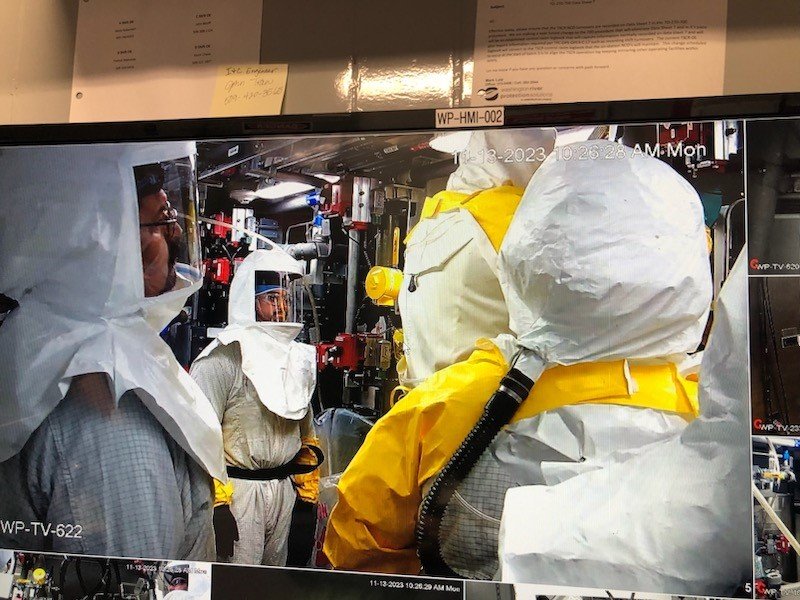As part of the "direct-feed low-activity waste approach," according to the DOE on September 1, the AP farm will feed pretreated waste to Hanford’s Waste Treatment and Immobilization Plant (WTP) for vitrification. When completed, the WTP will process and stabilize much of the 56 million gallons of radioactive and chemical waste currently stored at Hanford. The WTP will include four major facilities–pretreatment, low-activity waste (LAW) vitrification, high-level waste vitrification, and the analytical laboratory
The sequenced approach: As originally envisioned, the WTP would treat high-level and low-activity waste simultaneously. To begin treating waste as soon as practicable, however, the DOE developed a sequenced approach that would treat low-activity waste first, by the end of 2023.
The sequenced approach, called direct-feed low-activity waste (DFLAW), sends low-activity waste from the tank farms directly to the LAW vitrification facility. To accommodate DFLAW, a new effluent management facility (EMF) will be built at WTP. Several infrastructure facilities will be modified to handle the capacity reductions needed to support the LAW vitrification facility and EMF only, instead of the entire vitrification complex, according to the DOE.
The DFLAW process is explained through a DOE video.








